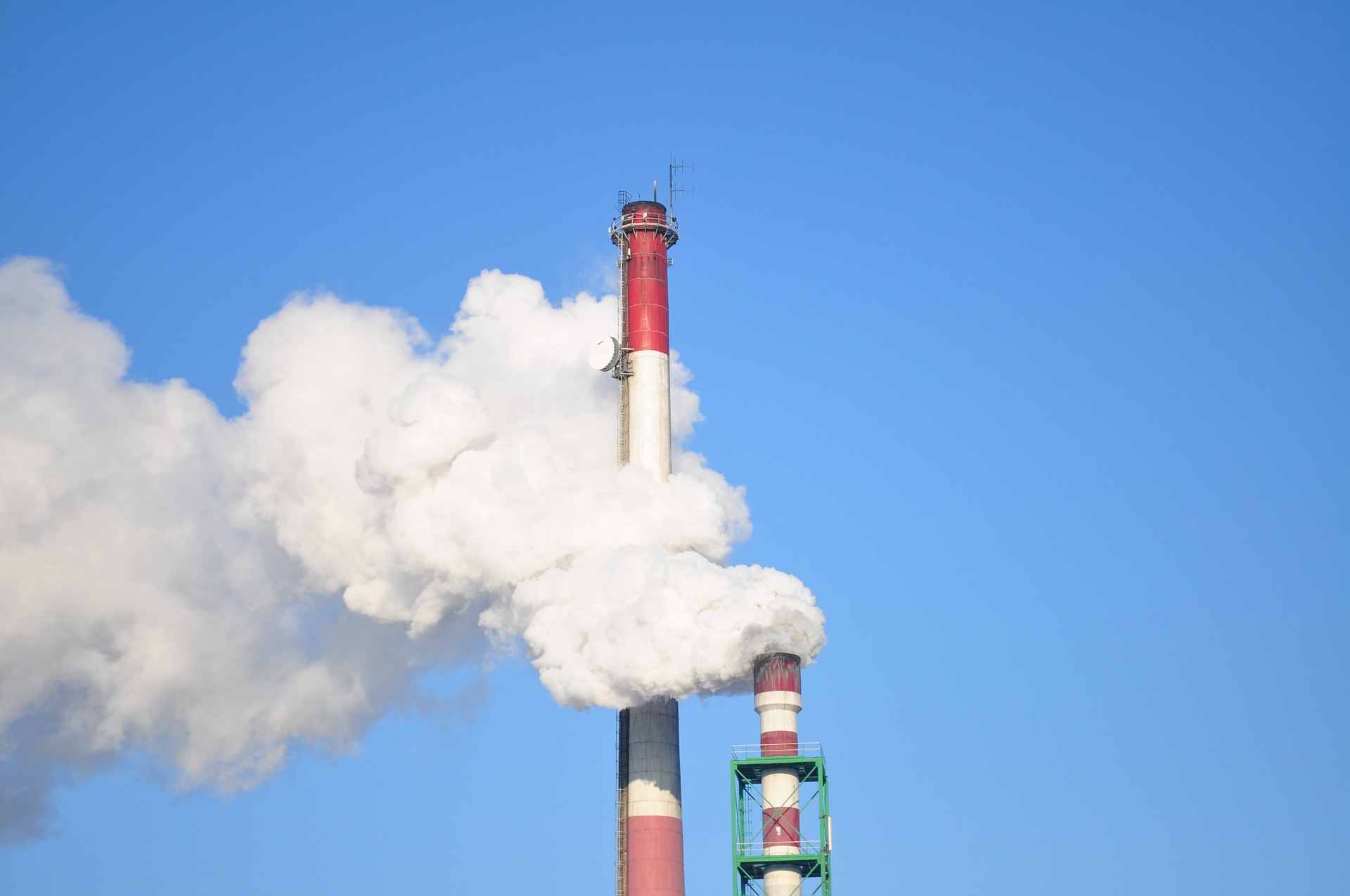
Earth Hasn’t Heated Up This Fast Since the Dinosaurs’ End
Source:nationalgeographic.com
People are sending carbon into the atmosphere ten times faster than during the hottest period in the past 66 million years.
By
Carbon is pouring into the atmosphere faster than at any time in the past 66 million years—since the dinosaurs went extinct—according to a new analysis of the geologic record. The study underscores just how profoundly humans are changing Earth’s history.
The carbon emissions rate is ten times greater today than during the prehistoric hot period that is the closest precedent for today’s greenhouse warming.
That period, known as the Paleocene-Eocene Thermal Maximum (PETM), was marked by a massive release of the Earth’s natural carbon stores into the atmosphere. (It’s not clear what caused the PETM, but volcanic eruptions and methane gas release are suspects.) The excess carbon triggered a 5°C (9°F) temperature increase, along with drought, floods, insect plagues, and extinctions. (Read more about this period of “Hothouse Earth.”)
The new analysis of the sediment record concludes that the carbon rush at the start of the PETM extended over at least 4,000 years. That translates to about 1.1 additional gigatons of carbon per year. Today, fossil fuel burning and other human activity release 10 gigatons of carbon annually.
Richard Zeebe, an oceanographer at the University of Hawaii at Manoa, who led the research published Monday in Nature Geoscience, said the findings show the challenge for predicting how the planet will change.
“It means we don’t have a really good analog in the past for the massive amount of carbon we’re releasing,” he said. “Even if we look at the PETM and say the transition to a warmer climate may have been relatively smooth, there’s no guarantee for the future.”
The PETM transition, 55.8 million years ago, caused massive changes in where plants and animals lived, rapid evolution of some species, and extinction of others. (See photos of how scientists know what the climate was like in the PETM.)
Half of all single-celled shelled organisms on the sea floor were wiped out, but many microorganisms on the ocean surface flourished during the PETM and expanded their habitats. The new study suggests that today’s marine life may not be so lucky, wrote geologist Peter Stassen of the University of Leuven in an editorial accompanying the new research. During the PETM, those organisms may have had time to adapt through migration or evolution—time that won’t be available to modern sea life.
Scott Wing, curator of fossil plants at the Smithsonian Institution, said the rate of carbon release during the PETM has been an important question. “A really fast addition strongly changes the composition of the atmosphere and acidifies the surface ocean, and of course, organisms have to deal with those BIG changes,” Wing wrote in an email.
It’s been hard to get a handle on the speed of the carbon pulse that set off the PETM. Scientists have to read the story told in sediment—the layers of organic material that have settled year by year on the ocean floor. Zeebe and his colleagues, using a sediment core drilled in New Jersey, based their analysis on the pattern of carbon and oxygen isotopes in the sediment samples.
The new estimate of the rate of carbon release at the PETM onset is similar to that found in 2011 by a team led by Pennsylvania State University. The Penn State group based their sediment analysis on what is known as an “age model;” they dated a sediment core sample drilled in Norway based on physicists’ recreation of the rhythms of Earth’s orbit around the sun. Slight changes in that orbit leave a pattern of iron concentrations in the sediment.
Lee Kump, head of geosciences at Penn State, said he was “heartened” that the new approach arrived at numbers in line with his team’s estimates, although he noted both papers come to the same grim conclusion.
“The lesson for society is the same,” he said. “We are now exceeding by an order of magnitude the rate of carbon release during one of the most remarkable global warming events in Earth’s history.”
